
15 Days

Nepal

Beginner Friendly

5,416 m

AUD 2,599
The Annapurna Circuit Trek is one of the most exhilarating and scenic adventures in the world, offering an unforgettable journey through Nepal's stunning Annapurna region. Renowned for its diversity, the trek takes you through lush forests, remote villages, and dramatic landscapes, all while offering awe-inspiring views of snow-capped peaks that will leave you breathless.
What makes the Annapurna Circuit unique is not just its elevation gain, but its epic distance—over 100 miles of trekking through some of the most jaw-dropping scenery on Earth. As you circle the Annapurna Range, you will witness majestic mountains like Annapurna I-IV, Dhaulagiri, Machhapuchhre, and the towering Tilicho Peak, among others. The landscape shifts dramatically, from lush valleys to rocky cliffs and even arid, desert-like regions.
Starting in the charming city of Besisahar, the trail weaves through tranquil villages before reaching the highlight of the trek – the Thorong La Pass, towering at 5,416m. From there, the journey descends through the Mustang region, past traditional villages, and finally to Jomsom and the picturesque town of Pokhara. Along the way, you will be immersed in the vibrant cultures of various ethnic groups, including Gurung, Thakali, and Tibetan communities, giving you a truly authentic experience of Nepal's heritage.
The Annapurna Circuit is a moderate to strenuous trek, demanding physical fitness and endurance. With high-altitude challenges and unpredictable weather, this adventure is not for the faint-hearted – but it is a once-in-a-lifetime experience for those seeking something extraordinary beyond the more traditional treks. If you are ready for a trek that combines breathtaking beauty, cultural immersion, and the thrill of the unknown, the Annapurna Circuit is calling your name.
High-altitude trekking demands flexibility, as nature dictates the conditions. While we aim to follow the itinerary, adjustments may be necessary for safety. Pre-acclimatization training is essential to handle low oxygen levels, and guides will monitor blood oxygen and provide support. With this approach, we can fully enjoy the trek and its breathtaking mountain views.
Begin your journey in Kathmandu, the city of temples and a trekkers’ hub. Land at Tribhuvan Airport and transfer to hotel. This day is reserved for settling in, exploring the bustling streets of Thamel, and prepping for the journey ahead. Kathmandu offers a blend of cultural heritage and modern amenities, making it the perfect starting point for your trek.
Embark on a scenic journey from Kathmandu to Chame (2,650m), traversing through changing landscapes and witnessing the countryside’s serene beauty. This transition from urban sprawl to the tranquility of nature sets the tone for the adventure that lies ahead, preparing you for the trekking days to come.
Trek from Chame to Pisang (3,250m) over approximately 9.5 hours, venturing into the heart of the Annapurna region. This segment introduces you to the majestic views of Annapurna II and IV, as well as Lamjung Himal, as you navigate through forests and alongside rivers, experiencing the first true taste of high-altitude trekking.
The journey from Pisang to Manang (3,520m) spans about 5 hours, leading you through the Upper Pisang route to marvel at some of the circuit’s best views. This day is about embracing the high-altitude landscape, with a visit to the ancient Barge monastery offering a spiritual dimension to your trek.
Spend a day in Manang acclimatizing, with options for short excursions to Gangapurna Lake and Bhojo Gompa. This day not only allows your body to adjust to the altitude but also lets you immerse in local culture and natural beauty, ensuring you’re well-prepared for the days ahead.
Trek from Manang to Shree Kharkha (4,080m) over 5 hours, beginning your ascent out of the Marshyangdi Valley. This segment offers a blend of challenging paths and breathtaking vistas, marking your entry into more secluded areas of the Annapurna region.
The path to Tilicho Circuit (4,150m) takes about 4 hours, setting the stage for a visit to one of the highest lakes in the world. This day is about endurance and marveling at nature’s wonders, preparing for the rewarding views that await at Tilicho Lake.
Retrace your steps from Tilicho Circuit to Shree Kharkha via Tilicho Lake (4,920m), spending 7-8 hours on the trail. This day is not just a physical journey but a moment to reflect beside the serene, high-altitude Tilicho Lake, capturing memories and experiences.
Trek towards Yak Kharkha (4,000m), a journey of about 5 hours through alpine landscapes. This stage of the trek introduces you to the rugged highlands and the pastoral lifestyle, offering insights into the region’s natural beauty and cultural fabric.
Move from Yak Kharkha to Thorong Phedi (4,450m) in approximately 4 hours, approaching the circuit’s zenith. This leg presents a mix of anticipation and preparation as you edge closer to Thorong La Pass, surrounded by panoramic mountain views.
This pivotal day takes you from Thorong Phedi to Muktinath (3,800m) via Thorong La Pass (5,416m), over 7-8 hours. Crossing the highest point of the trek offers a mix of challenge and exhilaration, descending into the sacred town of Muktinath, a blend of natural grandeur and spiritual solace.
Transition from the spiritual Muktinath to the soothing Tatopani, famous for its hot springs. This day is about relaxation and recovery, as you leave the high-altitude landscapes behind and descend into warmer climates, allowing your muscles and mind to unwind in the natural hot springs.
Drive from Tatopani to Pokhara, marking your re-entry into urbanity. Spend the day exploring Pokhara’s serene lakes, vibrant cafes, and the bustling Lakeside area, reflecting on the journey you’ve undertaken and the incredible experiences garnered along the Annapurna Circuit.
Fly from Pokhara back to Kathmandu, closing the loop on your Annapurna Circuit adventure. This day is about transition, from the tranquil beauty of Pokhara back to the historical and cultural richness of Kathmandu, encapsulating the diversity of Nepal in your journey.
Fly out from Kathmandu, carrying with you a treasure trove of memories, experiences, and a deeper connection with nature. This itinerary not only showcases the Annapurna Circuit’s physical challenges and natural beauty but also its cultural depth and spiritual significance, promising an adventure that transcends mere trekking.
Arrival in Kathmandu (1345m) – An Urban Gateway to Adventure
Begin your journey in Kathmandu, the city of temples and a trekkers’ hub. Land at Tribhuvan Airport and transfer to hotel. This day is reserved for settling in, exploring the bustling streets of Thamel, and prepping for the journey ahead. Kathmandu offers a blend of cultural heritage and modern amenities, making it the perfect starting point for your trek.
The Road to Chame – The Leap into Wilderness
Embark on a scenic journey from Kathmandu to Chame (2,650m), traversing through changing landscapes and witnessing the countryside’s serene beauty. This transition from urban sprawl to the tranquility of nature sets the tone for the adventure that lies ahead, preparing you for the trekking days to come.
Chame to Pisang – Ascend Among Giants
Trek from Chame to Pisang (3,250m) over approximately 9.5 hours, venturing into the heart of the Annapurna region. This segment introduces you to the majestic views of Annapurna II and IV, as well as Lamjung Himal, as you navigate through forests and alongside rivers, experiencing the first true taste of high-altitude trekking.
Pisang to Manang – Into the Mystic Land
The journey from Pisang to Manang (3,520m) spans about 5 hours, leading you through the Upper Pisang route to marvel at some of the circuit’s best views. This day is about embracing the high-altitude landscape, with a visit to the ancient Barge monastery offering a spiritual dimension to your trek.
Spend a day in Manang acclimatizing, with options for short excursions to Gangapurna Lake and Bhojo Gompa. This day not only allows your body to adjust to the altitude but also lets you immerse in local culture and natural beauty, ensuring you’re well-prepared for the days ahead.
Manang to Shree Kharkha – The Alpine Meadow
Trek from Manang to Shree Kharkha (4,080m) over 5 hours, beginning your ascent out of the Marshyangdi Valley. This segment offers a blend of challenging paths and breathtaking vistas, marking your entry into more secluded areas of the Annapurna region.
The path to Tilicho Circuit (4,150m) takes about 4 hours, setting the stage for a visit to one of the highest lakes in the world. This day is about endurance and marveling at nature’s wonders, preparing for the rewarding views that await at Tilicho Lake.
A Lake’s Reflection – Tilicho Circuit to Shree Kharkha
Retrace your steps from Tilicho Circuit to Shree Kharkha via Tilicho Lake (4,920m), spending 7-8 hours on the trail. This day is not just a physical journey but a moment to reflect beside the serene, high-altitude Tilicho Lake, capturing memories and experiences.
Shree Kharkha to Yak Kharkha – The Highland Pasture
Trek towards Yak Kharkha (4,000m), a journey of about 5 hours through alpine landscapes. This stage of the trek introduces you to the rugged highlands and the pastoral lifestyle, offering insights into the region’s natural beauty and cultural fabric.
Yak Kharkha to Thorong Phedi – The Edge of the Sky
Move from Yak Kharkha to Thorong Phedi (4,450m) in approximately 4 hours, approaching the circuit’s zenith. This leg presents a mix of anticipation and preparation as you edge closer to Thorong La Pass, surrounded by panoramic mountain views.
Thorong Phedi to Muktinath via Thorong La Pass – The Summit Cross
This pivotal day takes you from Thorong Phedi to Muktinath (3,800m) via Thorong La Pass (5,416m), over 7-8 hours. Crossing the highest point of the trek offers a mix of challenge and exhilaration, descending into the sacred town of Muktinath, a blend of natural grandeur and spiritual solace.
Muktinath to Tatopani – Descend into Warmth
Transition from the spiritual Muktinath to the soothing Tatopani, famous for its hot springs. This day is about relaxation and recovery, as you leave the high-altitude landscapes behind and descend into warmer climates, allowing your muscles and mind to unwind in the natural hot springs.
Tatopani to Pokhara – Return to Civilization
Drive from Tatopani to Pokhara, marking your re-entry into urbanity. Spend the day exploring Pokhara’s serene lakes, vibrant cafes, and the bustling Lakeside area, reflecting on the journey you’ve undertaken and the incredible experiences garnered along the Annapurna Circuit.
Pokhara to Kathmandu – The Homeward Bound
Fly from Pokhara back to Kathmandu, closing the loop on your Annapurna Circuit adventure. This day is about transition, from the tranquil beauty of Pokhara back to the historical and cultural richness of Kathmandu, encapsulating the diversity of Nepal in your journey.
Departure – The Journey Onward
Fly out from Kathmandu, carrying with you a treasure trove of memories, experiences, and a deeper connection with nature. This itinerary not only showcases the Annapurna Circuit’s physical challenges and natural beauty but also its cultural depth and spiritual significance, promising an adventure that transcends mere trekking.
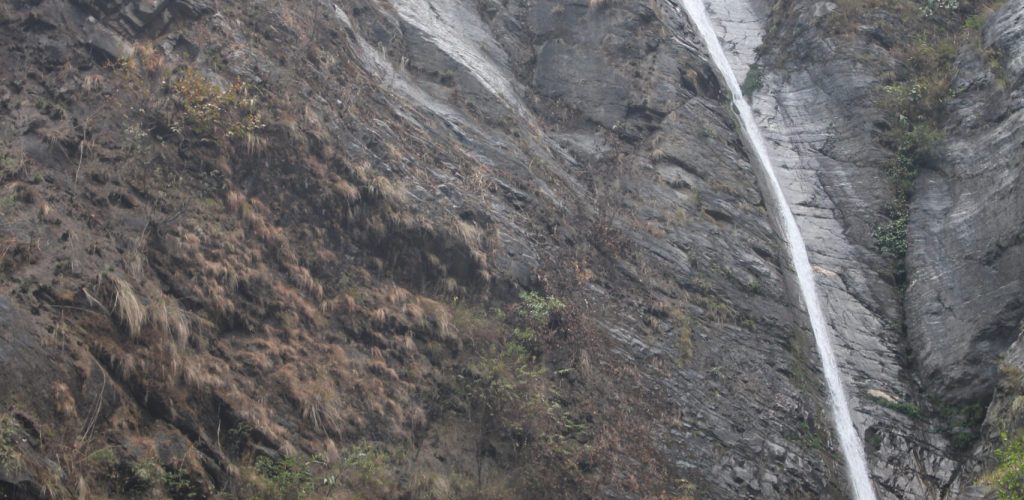
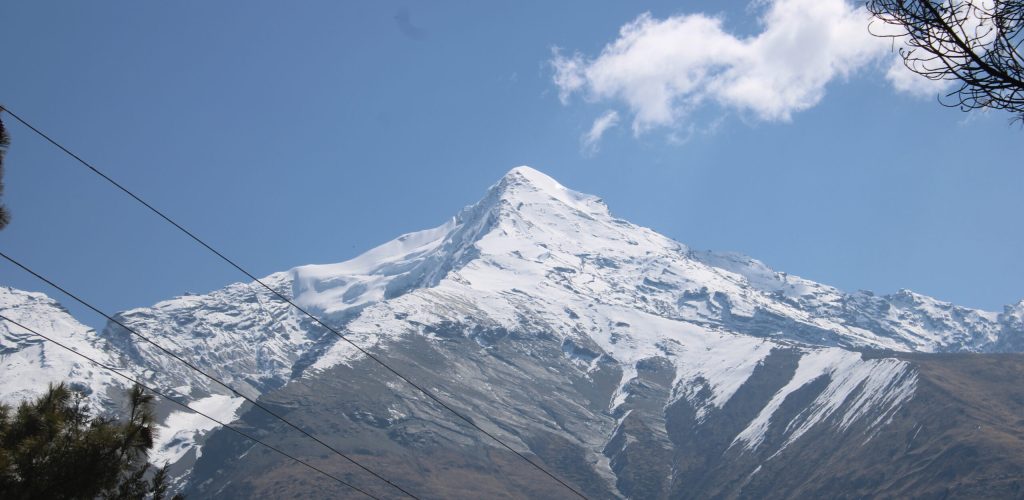
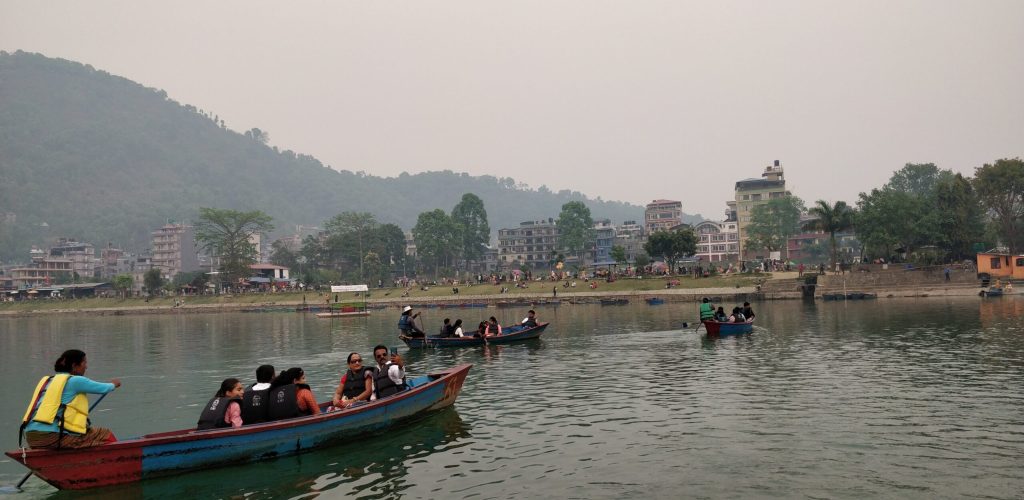
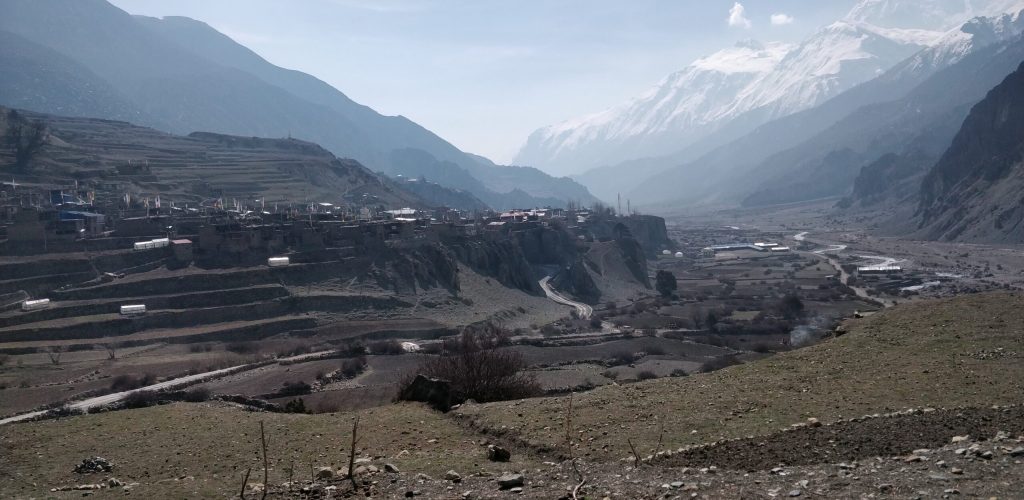
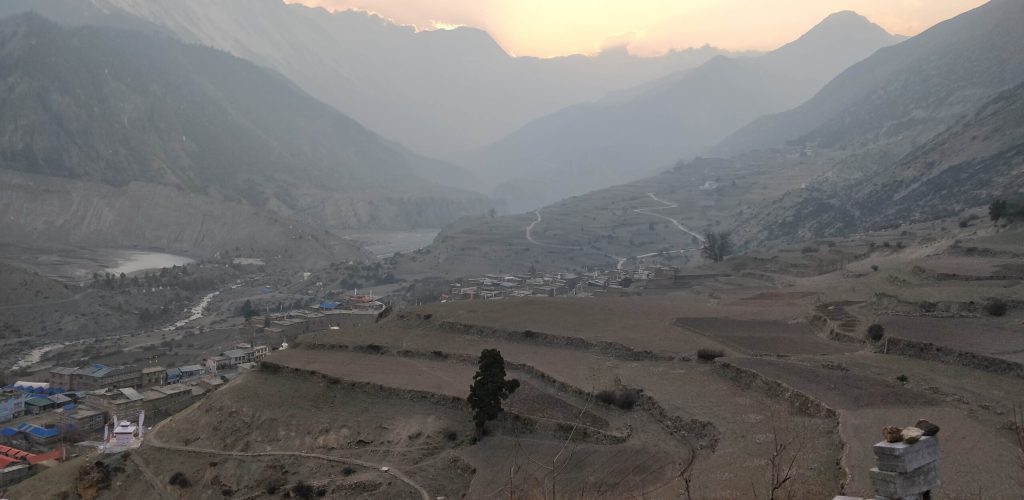
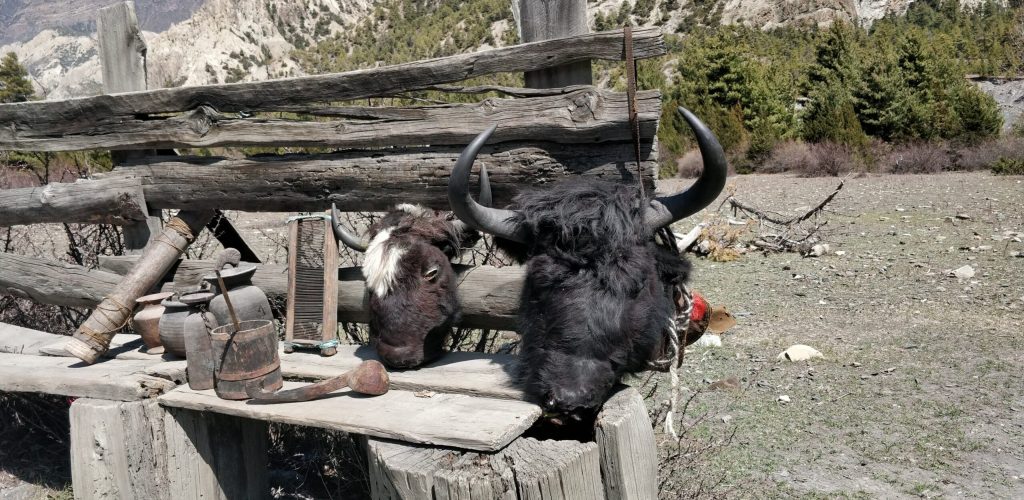
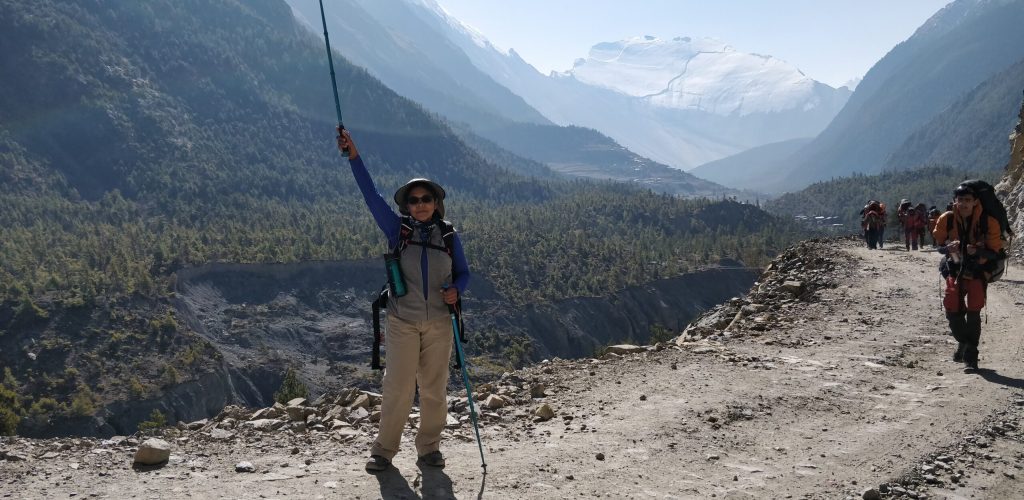
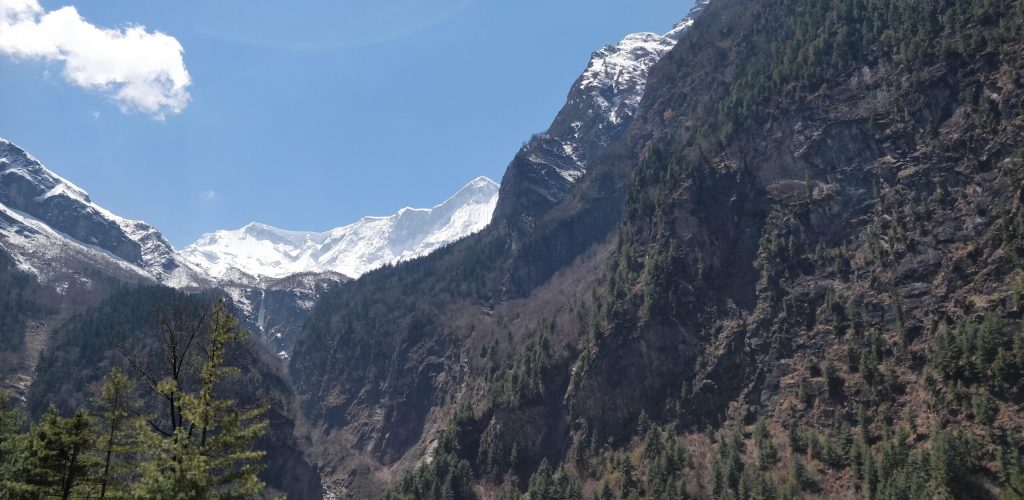
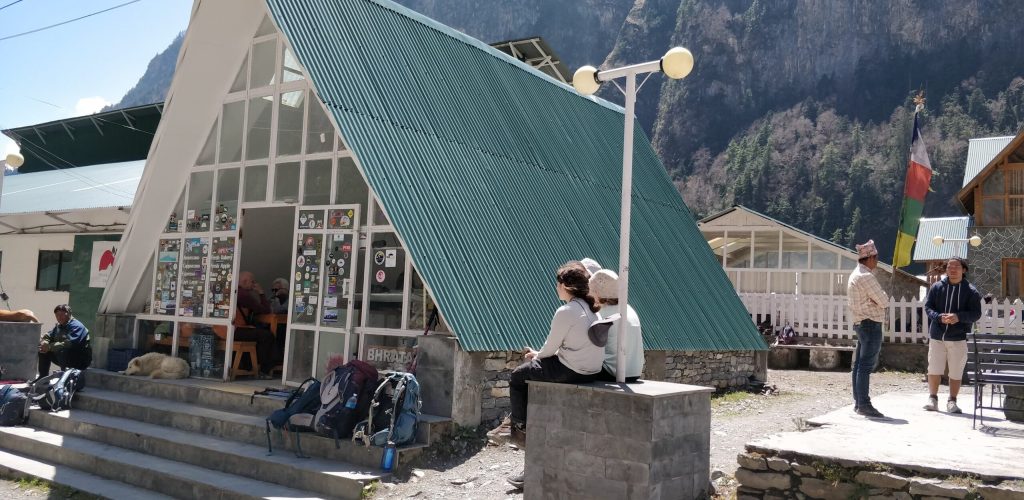
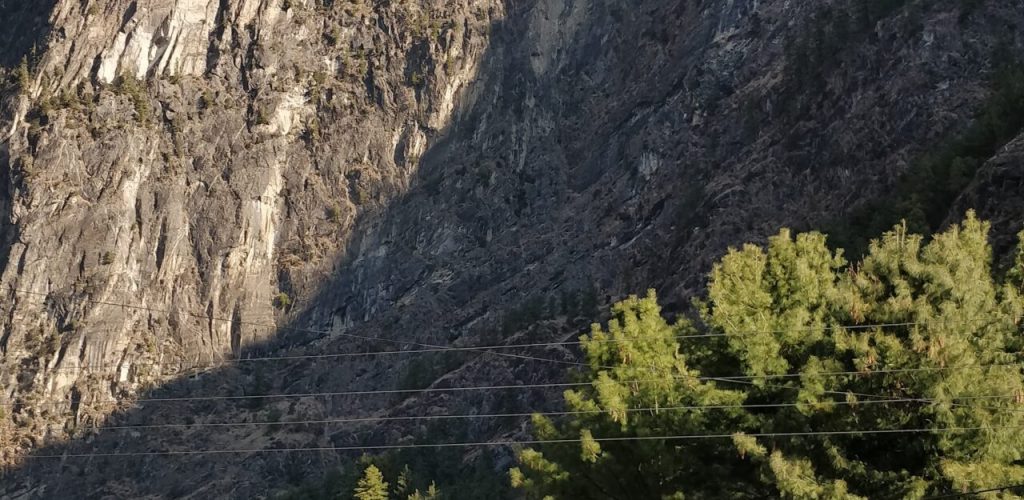
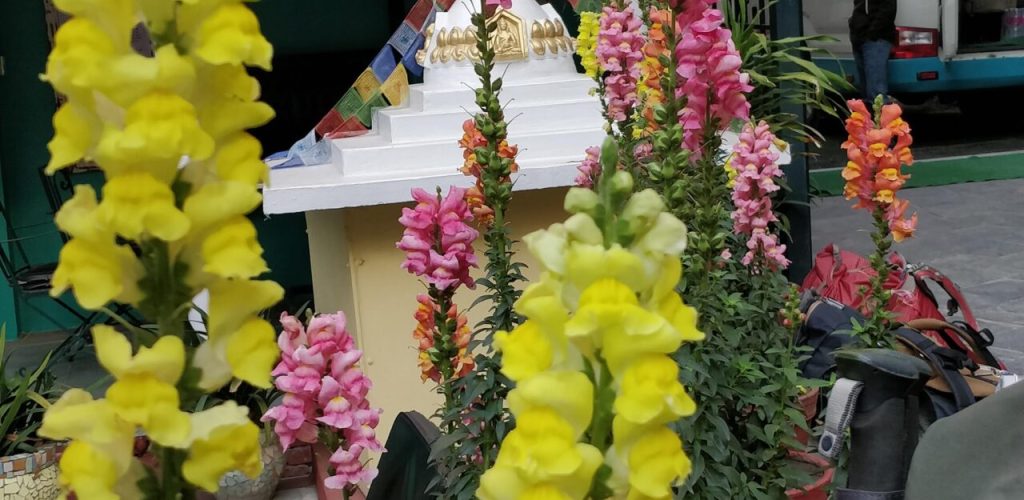
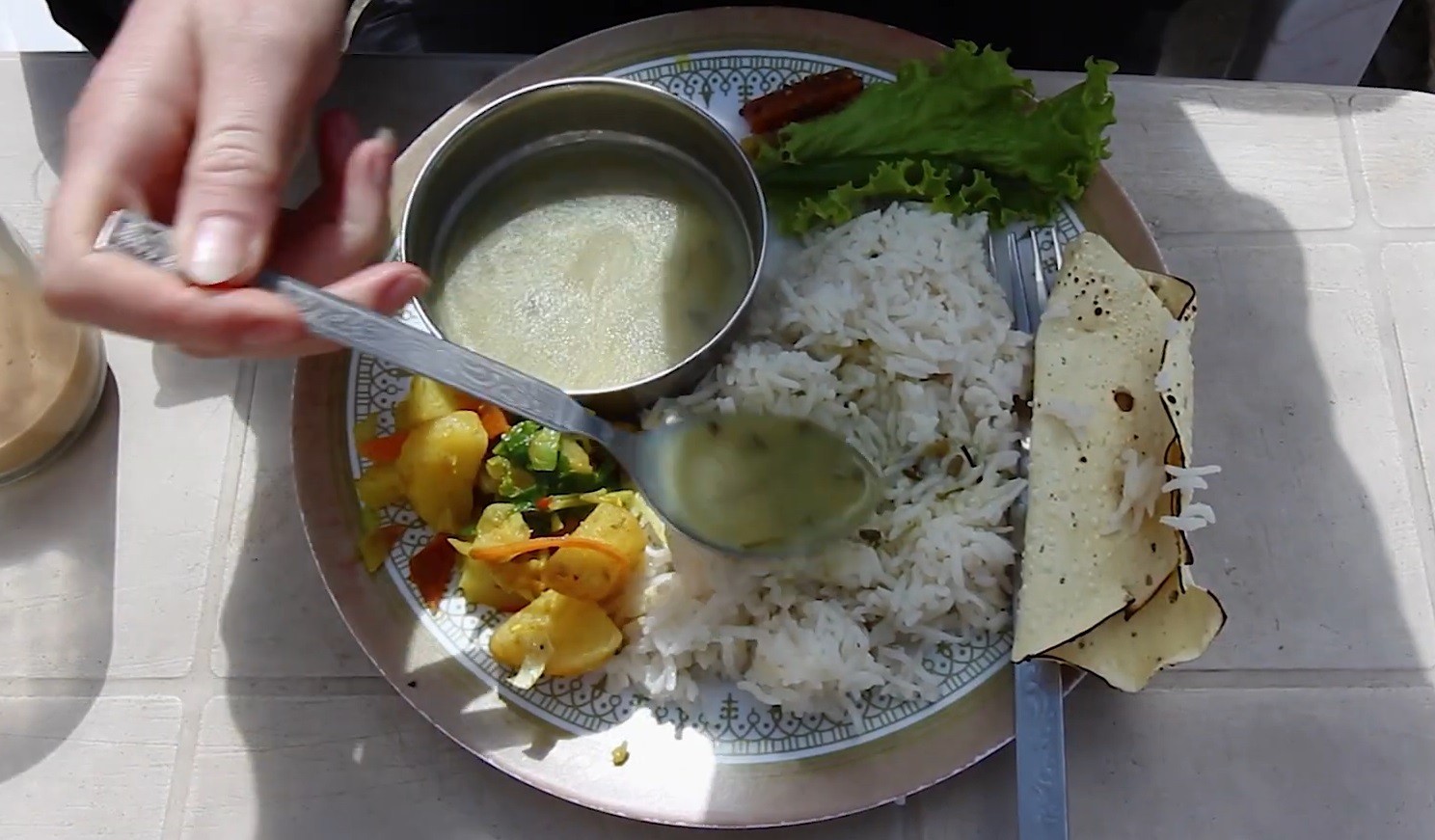
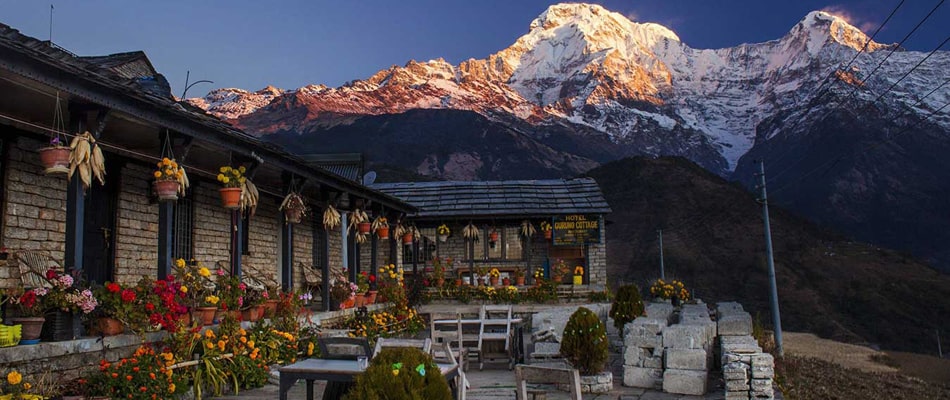
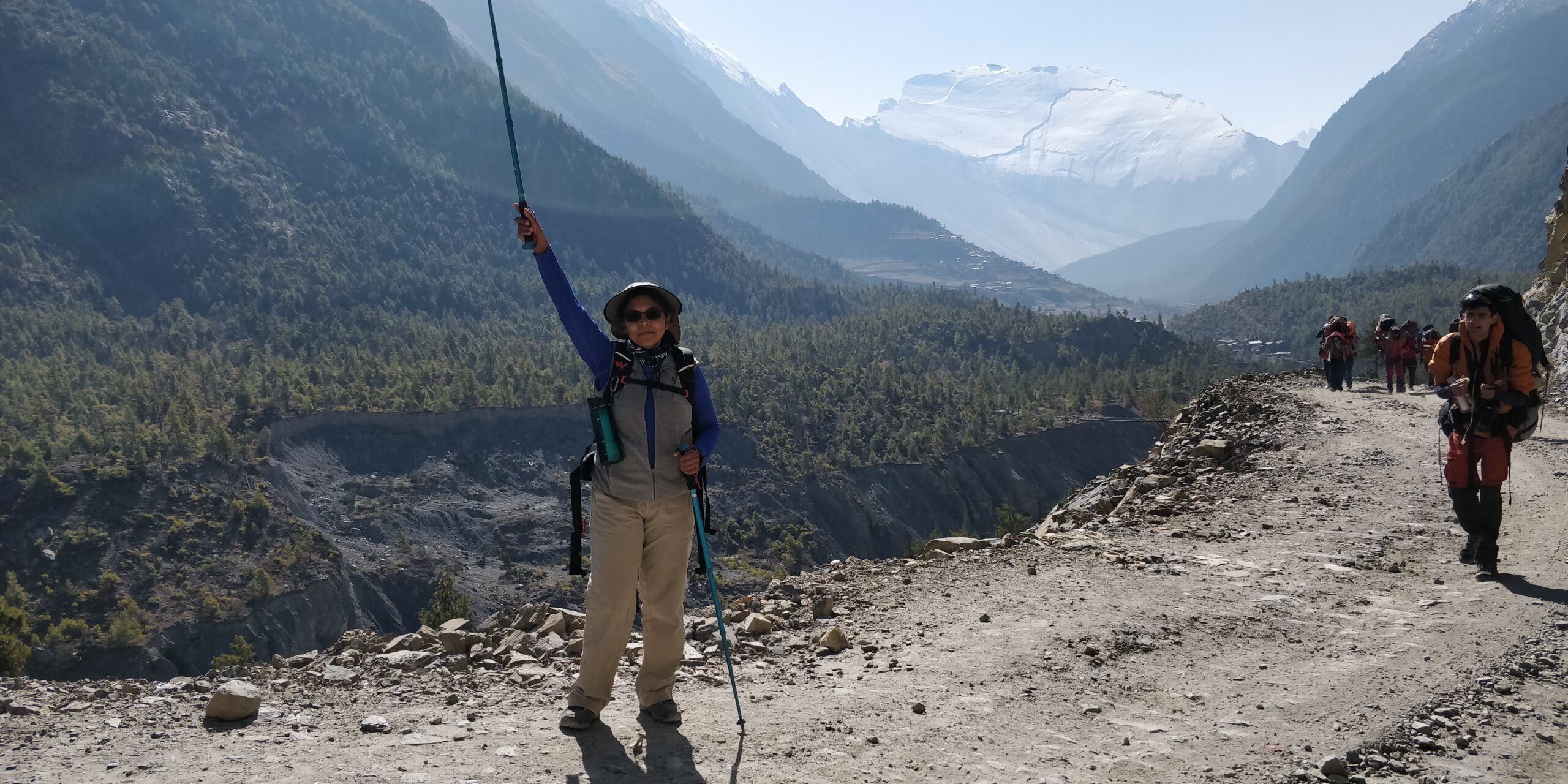
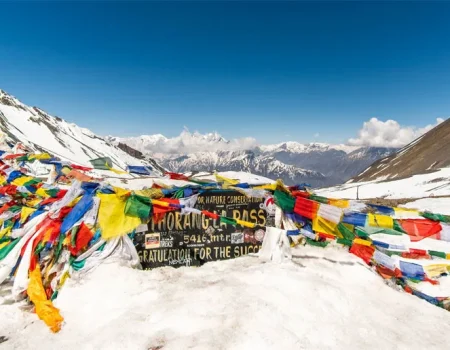
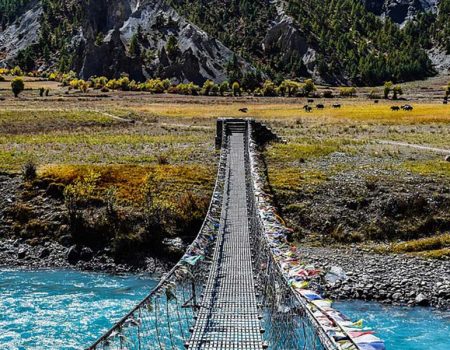
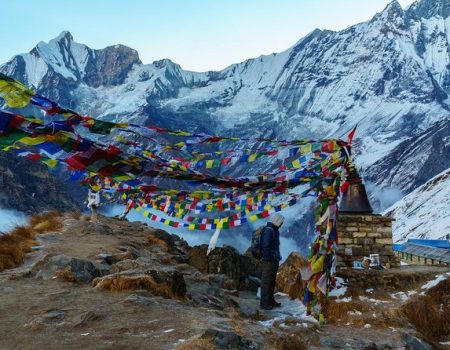
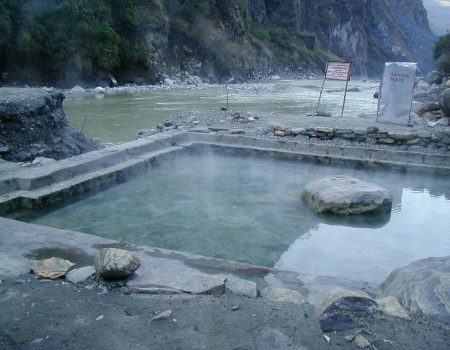
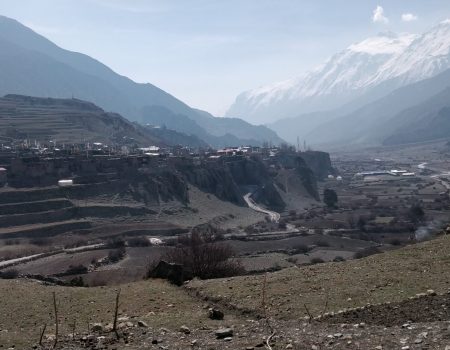
Warm Socks (at least two pairs)
Dri-fit socks (2-3 pairs)
Waterproof trekking shoes (high ankle)
Sandals for river crossing





At Adventure Central, the safety and well-being of our trekkers is our utmost priority, especially for challenging adventures like the this trek. We have implemented comprehensive safety measures to ensure a secure and enjoyable experience for all participants:
By implementing these safety measures, Adventure Central is committed to providing a safe, responsible, and unforgettable trekking experience to this trek.
Discover similar treks from Boots & Crampons that quench your thirst for adventure.
We understand your pain when you have to cancel a trip for unforeseen reasons. To address this, while considering our advance arrangements, we’ve set up fair and reasonable cancellation guidelines. If you inform us about it:
A) More than 30 Days Prior to Start:
-Option for a 100% credit towards a future expedition.
-Alternatively, a 90% refund is available.
B) Between 30 to 10 Days Prior to Start:
-Eligible for a 50% refund of the total cost.
-Option to carry forward 75% of the payment towards a future expedition.
C) Less than 10 Days Prior to Start:
-A 10% refund is available under this notice period.
-Alternatively, 25% of the payment can be applied to a future expedition.
Yes, prior experience in high-altitude trekking or climbing, particularly on peaks over 5000 meters, is strongly recommended. This experience helps climbers acclimate to altitude and understand the physical and technical demands of the expedition.
Personal gear, including climbing equipment, proper clothing, and a sleeping bag, must be brought by climbers. We take care of all the other arrangements and common/camping equipment.
Climbing & Trekking Equipment like poles and gloves can be rented, but personal gear like jacket and boots are recommended for comfort and fit.
Appropriate clothing includes a base layer for moisture management, an insulation layer for warmth, and a waterproof and windproof outer layer. Additional accessories like gloves, hats, and thermal socks are essential for protection against the cold. Check out the “things to pack” section above for a complete list.
Accommodations include hotel in Kathmandu, teahouses during the trek through villages like Namche Bazaar, and camping in tents during the climb from the base camp.
Meals are included in the package and are served at teahouses or camps. The food ranges from local Nepalese dishes to more familiar Western-style meals, catering to various dietary preferences.
Clean drinking water is usually available throughout the trek. It’s often provided by the lodges or can be obtained from natural sources and treated with purification tablets or boiling.
Basic facilities are available at campsites, including dry pit toilets or portable toilets, depending on the location.
Mobile network and internet access are limited or non-existent in the region, with emergency communication usually via satellite phone.
Charging facilities are limited on the trek, so it’s advisable to bring extra batteries or portable solar chargers.
A high level of physical fitness is recommended. Participants should be able to hike for several hours a day in steep, high-altitude terrain. Pre-trip fitness training is advised to enhance endurance and strength.
It is highly recommended that climber come with a comprehensive travel insurance that covers high-altitude trekking, medical expenses, and emergency evacuation. It’s important to ensure that the policy covers the specific altitude of Ama Dablam.
The itinerary typically includes acclimatization days to adapt to higher altitudes. Guides are trained to recognize and manage altitude sickness symptoms, and descent is the immediate course of action if symptoms become severe.
Basic medical facilities and support are available at various points along the route. Guides often carry first aid kits, and larger groups may have a designated medical professional.
Expeditions are equipped with emergency evacuation plans, which may involve descent to a lower altitude, helicopter evacuation, or transport to a medical facility, depending on the severity and nature of the emergency.
Safety measures include experienced guides, use of proper equipment, adherence to established routes, and regular weather and condition assessments. Risk management protocols are strictly followed to ensure climber safety.
Climbers should be proficient in basic mountaineering skills, such as using crampons and ropes, navigating crevasses, and understanding glacier travel. These skills are crucial for safe climbing and dealing with the technical sections of the ascent.
Yes, qualified and experienced guides and instructors accompany climbers. They provide assistance with technical skills, route finding, and safety management, ensuring climbers are well-supported throughout the expedition.
During climbing seasons (spring and autumn), the weather is generally stable with less precipitation and clearer skies. However, weather in the Himalayas can be unpredictable, and climbers should be prepared for sudden changes.
Bathing is generally not recommended during the trek.
Weather plays a critical role in climbing conditions. Good weather can mean safer and more enjoyable climbs, while bad weather can lead to hazardous conditions, route changes, or delays.
We have a buffer day in our itinerary to accommodate bad weather or other unforeseen conditions. It is used to ensure the safety and success of the summit attempt.
If a climber cannot continue, the standard procedure involves safely descending with the assistance of guides. The well-being of the individual is prioritized, and decisions are made based on the severity of their condition.
We understand your pain when you have to cancel a trip for unforeseen reasons. To address this, while considering our advance arrangements, we’ve set up fair and reasonable cancellation guidelines. If you inform us about it:
-Option for a 100% credit towards a future expedition.
-Alternatively, a 90% refund is available.
-Eligible for a 50% refund of the total cost.
-Option to carry forward 75% of the payment towards a future expedition.
-A 10% refund is available under this notice period.
-Alternatively, 25% of the payment can be applied to a future expedition.
Fill your full details in the form below. We will get back to you as soon as possible.